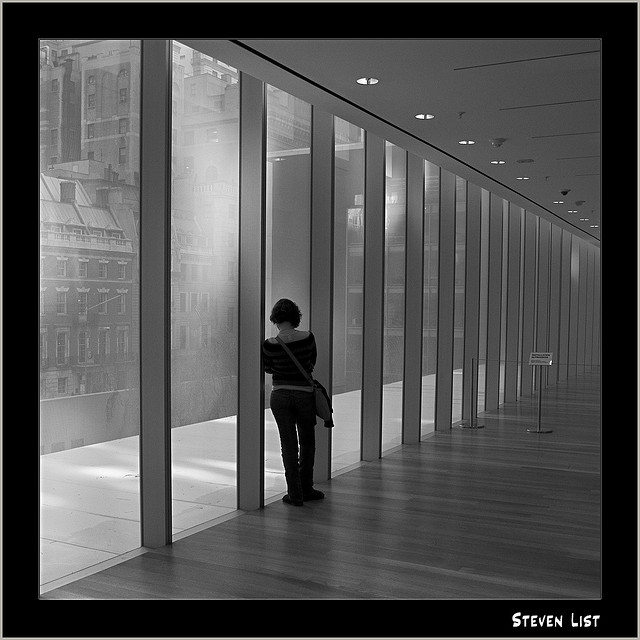 About connectivity and disconnecting.
About connectivity and disconnecting.
Reading http://forum.networkedlearning.net/t/welcome-to-the-boundaries-and-limits-of-networked-and-connected-learning-hot-seat-discussion/259/3 Question about borders on connectivity. @dustcube wrote about a border being ‘solitude and contemplation’ – which is inevitably private, and ‘off-grid’ – and it has been a key factor for most people who describe their experience of learning.
The comment of @dustcube made me think of the need of silence and solitude in humans. Some very connected students with a lot of friends do at times want to be left alone. Jenny Mackness has a story about the need for silence … but the cacophony of voices and relentless activity silenced me. I simply could not find my voice.
That connected to Stillweb, http://stillweb.org/. It is a bit of a paradox to be online to find stillness. It is an illustration of the need for private contemplation and rest.
On Stillweb I found http://stillweb.org/2014/stillness-and-the-shape-of-ideas/ Silence and disconnected places do foster learning and thinking.
flickr photo by Doc List Photography http://flickr.com/photos/digidragon/2156526672 shared under a Creative Commons (BY-NC-ND) license
(attribution with the http://cogdog.github.io/flickr-cc-helper/ )
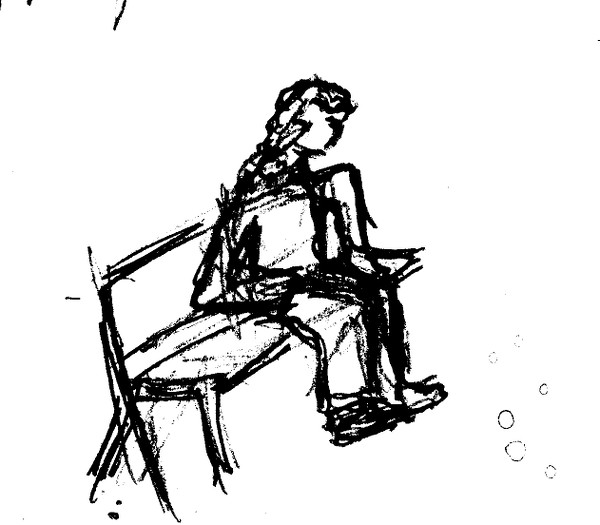

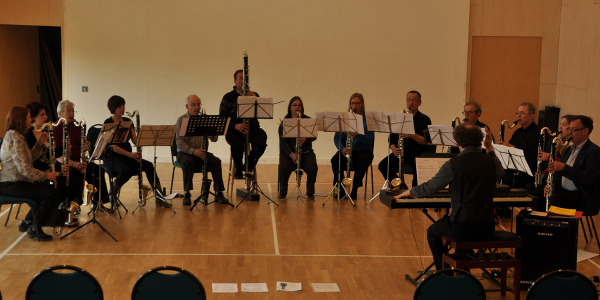



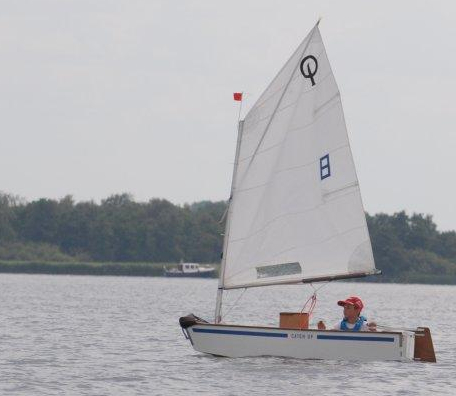

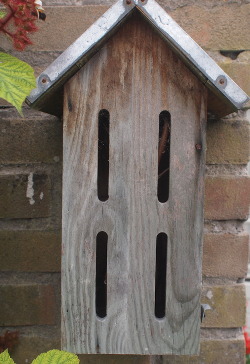
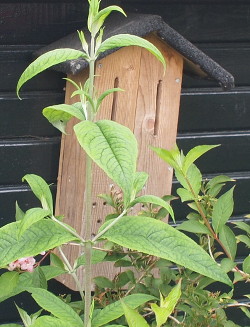
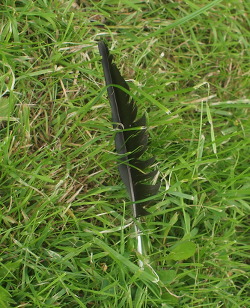
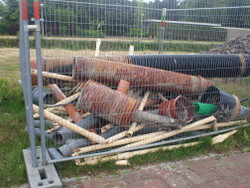
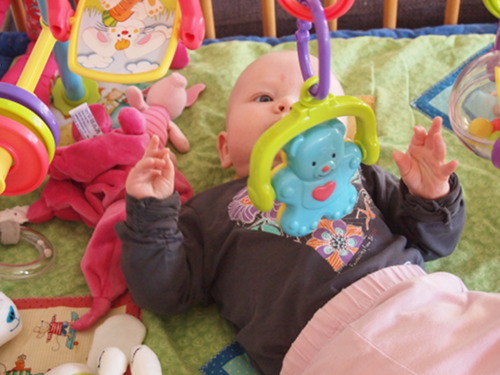
You must be logged in to post a comment.